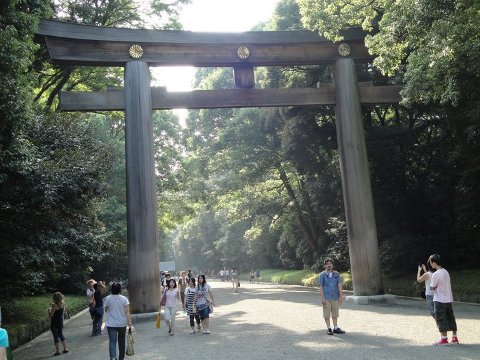There, I’ve done it: I replaced my fancy new broadband router, a Buffalo WZR-HP-G300NH that supports 802.11n (up to 300 Mbps) with an older model that I had first purchased two years ago, the WHR-HP-G54 (802.11b/g, up to 54 Mbps). Besides supporting the newer, faster, better wireless standard, the newer router had a faster CPU, a USB port and much more RAM and ROM that should make it much more expandable. The trouble was, it was not as robust as the The most robust router I ever used, the WHR-HP-G54. Both routers support DD-WRT and OpenWRT, GNU/Linux-based open source router firmware.
First I had lots of problems with the WZR-HP-G300NH under DD-WRT, which apparently wasn’t ready for prime time on this router yet. The signal was too weak, I couldn’t connect from some parts of the building. Then I switched to OpenWRT and things looked better, but then I kept losing wireless connectivity on all mobile computers and smartphones in the building at random intervals. Only a router reset would allow them to reconnect, there was no other cure. Perhaps that would have been tolerable when it happened once a week, but it seemed to get worse. Finally, after having to reboot the router three times in one day I had enough. I found one supplier that still had stocks of the old WHR-HP-G54 and promptly ordered one.
The new old router arrived two days later. I only briefly accessed it from a PC without a WAN connection as a sanity check, before flashing it with dd-wrt.v24_mini_generic.bin using TFTP and then dd-wrt.v24-10070_crushedhat_4MB.bin using the DD-WRT web interface. I did perform a 30-30-30 reset after the mini flash. After the second flash I restored an NVRAM backup from the previous router of the same type saved back in June from the same firmware. Then I cloned the MAC address of the WAN port of my WZR-HP-G300NH so the latest router could keep on using the same broadband IP acquired via DHCP by its predecessor. After moving the WAN and LAN cables from the old router to the new one, everything just worked, including my ipv6 setup via Hurricane Electric. I just had to connect the wireless clients to the new SSID. Since then I have not reset the router once.
When new versions of DD-WRT and/or OpenWRT come out for the WZR-HP-G300NH I may give it a try again, but more likely I’ll just keep it as spare. I expect my second WHR-HP-G54 to work every bit as well as my first one. I don’t know how much the software was to blame and how much the hardware for the disappointing results with the newer design, but suspect that 802.11n may be too complex for its own good. There has to be a reason why it remained stuck in “Draft N” stage for so long…
I will pick a reliable router like the WHR-HP-G54 running DD-WRT over one that has a more fancy specification any day because reliability is what it takes to get the job done. If you can’t find the WHR-HP-G54, another good basic choice is the WRT54GL that also supports DD-WRT, but unfortunately it is not sold here in Japan and Amazon.com won’t ship it here from the U.S.
See also:


